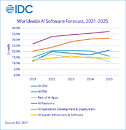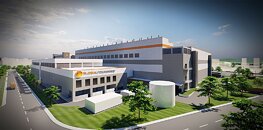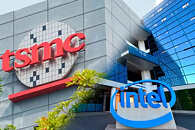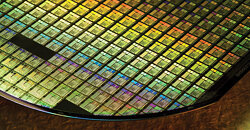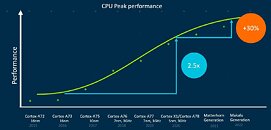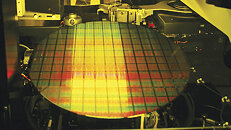JPR: Graphics Card Add-in-Board (AIB) Market Hits $11.8 billion in Q2'21
According to a new research report from the analyst firm Jon Peddie Research, unit shipments of add-in boards increased in Q2'21 from last year, while Nvidia increased market share to 80% from last quarter a 0.3% increase as well as 2% year-over-year.. Over $11.8 billion AIBs shipped in the quarter—an increase of 179% year-over-year.
Add-in boards (AIBs) use discrete GPUs (dGPU) with dedicated memory. Desktop PCs, workstations, servers, rendering and mining farms, and scientific instruments use AIBs. Consumers and enterprises buy AIBs from resellers or OEMs. They can be part of a new system or installed as an upgrade to an existing system. Systems with AIBs represent the higher end of the graphics industry. Entry-level systems use integrated GPUs (iGPU) in CPUs that share slower system memory.
Add-in boards (AIBs) use discrete GPUs (dGPU) with dedicated memory. Desktop PCs, workstations, servers, rendering and mining farms, and scientific instruments use AIBs. Consumers and enterprises buy AIBs from resellers or OEMs. They can be part of a new system or installed as an upgrade to an existing system. Systems with AIBs represent the higher end of the graphics industry. Entry-level systems use integrated GPUs (iGPU) in CPUs that share slower system memory.




